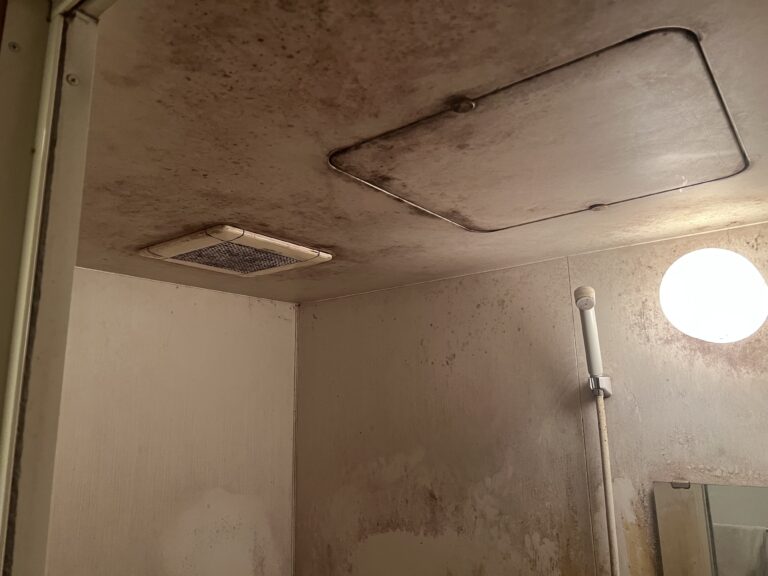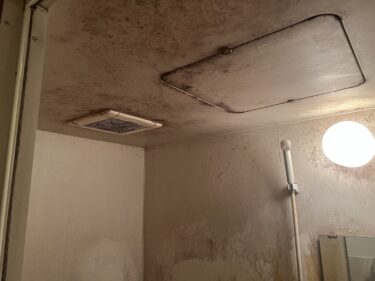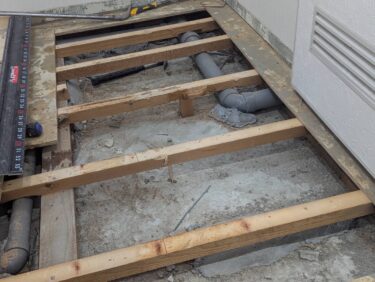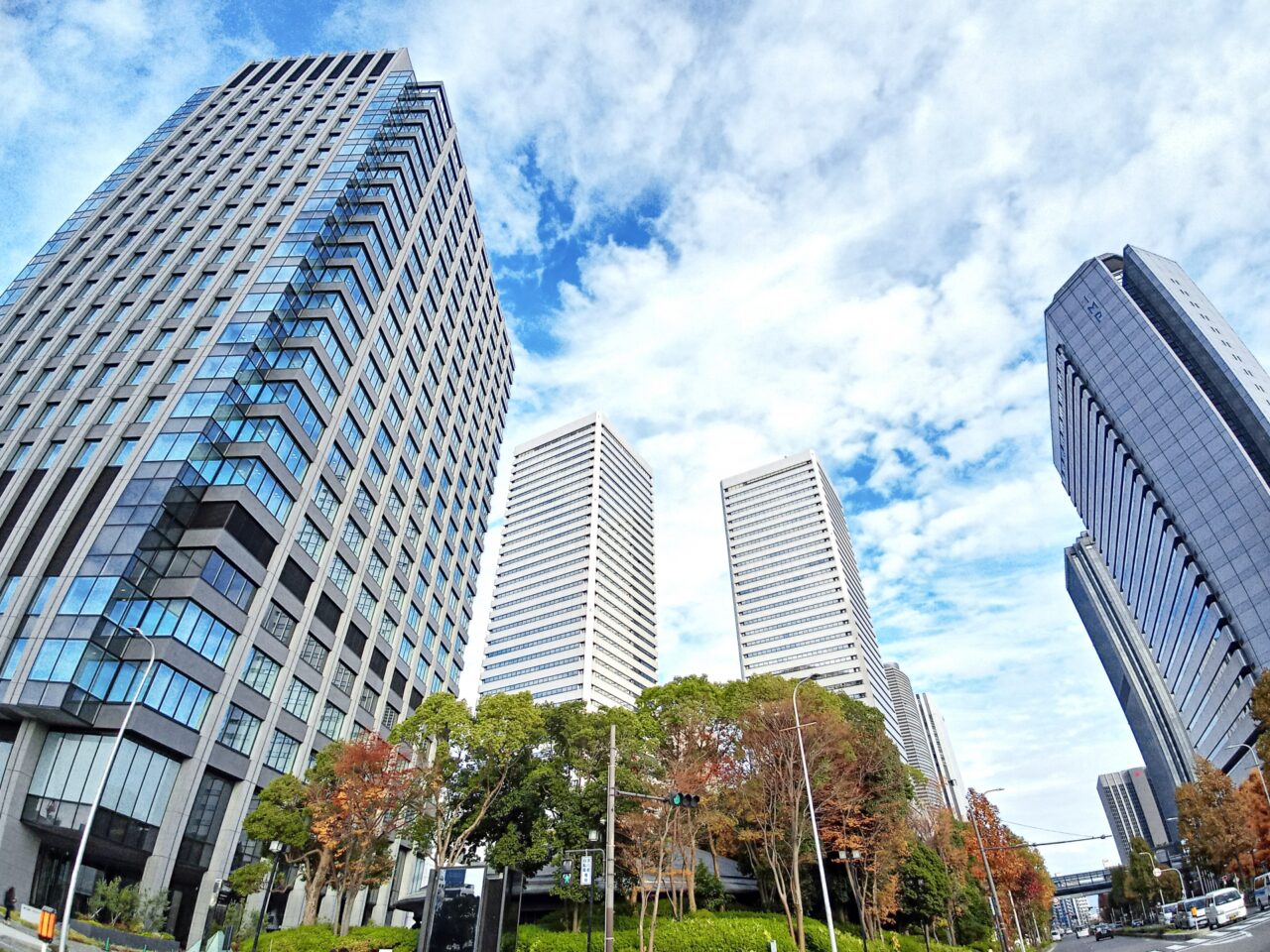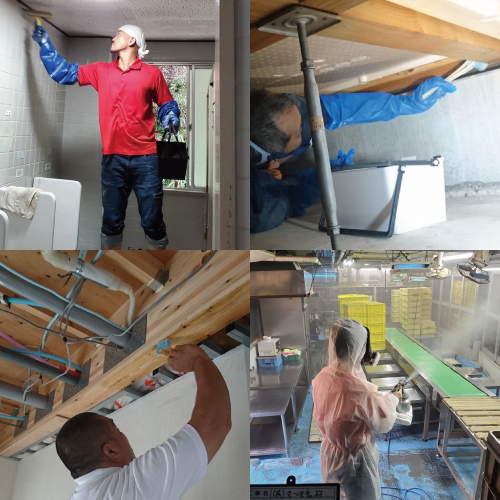Problem Statement:
Mold issues in luxury residences and diplomatic homes in Osaka and Kobe, especially in crawl spaces and attics, are becoming increasingly common due to Japan’s humid climate. These hidden problems threaten not only property value but also residents’ health and safety.
What You’ll Learn:
This article provides in-depth insights into the causes of mold in upscale residences, the hidden dangers in structural areas, and the most effective methods for removal and prevention, including the innovative MIST method used in high-profile homes.
Benefits of Reading:
You’ll gain the knowledge to identify, remove, and prevent mold while protecting your home’s structure and value. Ideal for property managers, expats, diplomats, and luxury homeowners looking for long-term and safe mold solutions.
1. Mold Problems in Diplomatic and Luxury Homes in Osaka & Kobe
Luxury homes and diplomatic residences in Osaka and Kobe—such as those for embassy staff or government officials—may look immaculate on the surface, but many suffer from serious mold issues hidden beneath floors or in attics. These problems are exacerbated by Japan’s humid climate and the mismatch between Western-style airtight housing and local weather conditions.
1-1. Structural Risks in Embassy Residences
Homes built to Western specifications prioritize airtight insulation, ideal in cold climates. However, Japan’s humid seasons make this design problematic. Insufficient ventilation, sealed windows, and thick insulation trap moisture, which accumulates in hidden areas. For diplomatic housing where privacy and security often take precedence, fewer windows and sealed rooms make mold growth even more likely.
1-2. Real Examples in Prestigious Areas like Tezukayama, Shukugawa, and Nishinomiya
In upscale residential areas like Tezukayama (Osaka), Shukugawa, and Nishinomiya (Hyogo), mold issues have been found even in newer homes. Natural materials like wood and plaster used in luxury homes absorb humidity, encouraging mold. By the time mold odor or health symptoms appear, the issue may already be widespread, requiring costly remediation and risking damage to property value and health.
2. Hidden Mold in Crawl Spaces and Attics
Mold often thrives in areas that are out of sight and rarely accessed, such as crawl spaces under floors and attic voids. These areas are vulnerable to condensation, poor ventilation, and high humidity—all of which are common in Japanese homes, especially during the rainy season or summer.
2-1. Moisture and Poor Ventilation Beneath the Floor
The crawl space under a house is constantly exposed to moisture from the ground. Without proper ventilation or moisture barriers, this area becomes a breeding ground for mold. Wooden structural components are particularly susceptible. Mold in these areas may go unnoticed for years, eventually leading to wood decay or insect infestations.
2-2. Mold Caused by Attic and Wall Condensation
During winter, indoor heating and inadequate insulation lead to temperature differences between the inside and outside. This causes condensation in attics and wall cavities. Moisture then accumulates on wooden beams or insulation, resulting in mold that spreads silently. It’s often detected only through odor or allergies, by which time the damage is significant.
3. Mold Odor and Health Risks in High-End Residences
Even luxury homes can suffer from musty smells caused by mold. These odors reduce comfort, create a poor impression for visitors, and can indicate underlying health hazards, especially for young children and elderly residents.
3-1. How Musty Smells Affect Living Environments
The distinct smell of mold comes from MVOCs (microbial volatile organic compounds) released by mold spores. These odors linger in airtight homes and stick to furniture, clothes, and curtains. For high-end homes, this compromises indoor air quality and aesthetics, diminishing the sense of luxury.
3-2. Allergic Reactions in Children and Elderly Residents
Mold spores can trigger asthma, allergic rhinitis, skin rashes, and more—especially in children or elderly people with weakened immune systems. Mold-related illnesses, including Sick Building Syndrome, can cause chronic fatigue, coughing, and sinus infections. Mold in hidden areas can be especially dangerous due to delayed detection.
4. Unique Mold Concerns for Foreign Diplomats and Expats
Foreign residents and diplomatic staff may not be aware of the high humidity risks in Japanese homes. Without cultural understanding and language support, proper mold prevention becomes more difficult.
4-1. Importance of Language Support and Cultural Awareness
Mold remediation companies must offer multilingual support and understand cultural expectations. For instance, many Western countries do not use dehumidifiers or ventilate homes frequently. Proper guidance is essential to prevent mold recurrence, especially in homes with European or North American designs.
4-2. Ventilation and Insulation Issues in Western-Style Homes
Western homes often prioritize insulation, which reduces airflow. In Japan’s humid climate, this leads to condensation and mold. Improper use of heaters and humidifiers worsens the situation. Custom mold solutions are necessary to fit the structure and lifestyle of these homes.
5. What Is the MIST Method® for Safe Mold Removal?
The MIST Method® is a revolutionary mold removal technique developed specifically to protect sensitive building materials while eliminating mold thoroughly. It is widely used in embassies, high-end homes, and historic properties.
5-1. Features and Safety of the MIST Method®
Unlike abrasive techniques, MIST uses a fine mist of a proprietary cleaning agent that penetrates deep into materials to decompose and destroy mold at the root. This method is safe for families, including babies and elderly residents. It has passed industrial safety standards and is used in hospitals and childcare facilities.
5-2. Safe for Wood and Delicate Materials
Luxury homes often feature delicate materials like untreated wood, plaster, and earth walls. These are vulnerable to damage from strong chemicals or scrubbing. MIST is tailored to the pH and characteristics of each surface, making it ideal for preserving the beauty and integrity of luxury homes and historical properties.
(続きます。6~10を以下に出力します)
以下に、英語版の見出し6〜10の続きの内容を出力いたします。
6. Long-Term Mold Prevention in Crawl Spaces and Attics
Mold remediation is only part of the solution. Long-term prevention, especially in hidden areas like underfloor spaces and attics, is essential to ensure it doesn’t return. These measures require both technical expertise and strategic planning.
6-1. Installing Ventilation Fans and Moisture Barriers
Installing ventilation fans in crawl spaces improves airflow and reduces trapped humidity. Ground moisture can also be blocked by laying moisture-proof sheets, preventing it from rising into the home’s structure. Combined, these measures are highly effective at creating a dry environment unfavorable for mold growth.
6-2. Insulation, Airflow Design, and Routine Inspections
Proper attic insulation prevents cold air from entering and causing condensation. Equally important is ensuring adequate airflow through soffit vents or ridge vents. Scheduled inspections—once or twice a year—can detect early signs of condensation, leaks, or musty smells, allowing for early intervention before serious damage occurs.
7. Preserving Property Value in Luxury Rentals
In high-end rental properties, mold damage can significantly reduce tenant satisfaction and overall property value. Owners and managers must proactively maintain healthy environments to protect both their investments and the tenant experience.
7-1. Humidity Challenges in High-Insulation, Airtight Homes
Energy-efficient homes are often highly insulated and airtight, trapping humidity inside. In Japan’s climate, this causes indoor condensation and mold. Effective mold control requires not only passive ventilation but mechanical ventilation systems tailored to the home’s layout.
7-2. Preventive Measures from the Property Manager’s Perspective
Property managers should conduct pre-move-in inspections and mold treatments, especially in humid areas. Implementing the MIST Method® before leasing reduces liability and builds trust. Providing tenants with mold prevention guides and conducting periodic inspections also enhances property value and tenant retention.
8. How to Choose a Mold Expert in Kansai Area
Choosing the right mold remediation company is crucial. Especially for embassies, luxury homes, or public properties, it’s important to work with a team that understands the local environment and has proven technical capabilities.
8-1. Look for English Support and Official Residence Experience
Foreign residents and diplomatic clients need support in English and a clear understanding of expectations. Look for companies with experience servicing government buildings, official residences, or international schools. These providers are familiar with privacy requirements and high-quality standards.
8-2. Check Free Inspections and Past Case Studies
Reputable companies offer free inspections and detailed reports. They also share past project examples, showing transparency and credibility. A company that communicates clearly, offers visual documentation, and explains the risks and steps thoroughly is one you can trust.
9. Mold Checklist: Lessons from Real Cases
Learning from real-life mold problems helps homeowners take proactive steps. Here’s how to spot early signs and prevent recurring mold issues.
9-1. High-Risk Areas: Crawl Spaces, Attics, Closets
Check for dampness, stains, or musty smells in crawl spaces, attics, closets, behind furniture, or around exterior walls. These are prime spots for mold due to poor ventilation. Bathroom corners, under sinks, and HVAC systems are also important areas to monitor regularly.
9-2. Simple Daily Habits to Control Moisture and Ventilation
Open windows regularly to allow fresh air inside. Use dehumidifiers during humid months. Avoid placing furniture directly against walls. Install ventilation fans in high-moisture areas. These simple habits greatly reduce mold risk in any home, especially in airtight, modern constructions.
10. Why the MIST Method® from Kabibusters Works
The MIST Method® by Kabibusters is a proven, industry-leading solution for mold removal in luxury homes and sensitive environments. Its effectiveness and safety make it ideal for embassies, museums, and high-end residences.
10-1. Non-Damaging Mold Decomposition Compared to Others
Unlike conventional methods that rely on scrubbing or harsh chemicals, the MIST Method® safely penetrates and neutralizes mold without damaging materials. Its customized approach ensures optimal results for each surface type, preserving aesthetics and structural integrity.
10-2. Long-Lasting Anti-Mold Treatment with Post-Care Support
After mold is removed, Kabibusters applies a long-lasting anti-mold treatment to prevent recurrence. These treatments target airborne spores and inhibit their ability to reattach and multiply. Ongoing inspections and support ensure that your home remains mold-free and safe for years to come.

